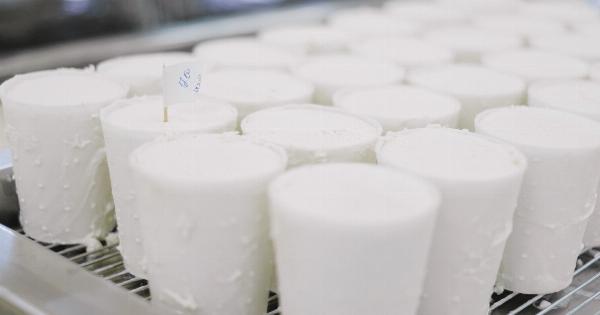Breast milk is often dubbed as “liquid gold,” and for good reason. Apart from being a complete source of nutrition for infants, it also contains several bioactive compounds that promote a baby’s growth and development.
Moreover, breast milk also has anti-inflammatory and antibiotic properties that protect babies from infections and diseases. This article will highlight the benefits of breast milk’s anti-inflammatory and antibiotic properties.
Breast Milk’s Antibiotic Properties
Breast milk contains several components that have direct and indirect antibiotic properties.
The first line of defense is the presence of several types of white blood cells, such as macrophages, neutrophils, and lymphocytes, which are passed on from the mother’s immune system to the baby. These cells can directly attack and kill harmful bacteria, viruses, and fungi. Another key component of breast milk’s antibiotic properties is its high concentration of antibodies.
Antibodies are proteins that recognize and bind to disease-causing organisms, called antigens.
When an infant ingests breast milk containing antibodies, they can neutralize harmful bacteria and viruses in the baby’s gut and prevent them from causing illness. Breast milk also has high levels of lactoferrin, an iron-binding protein that can inhibit bacterial growth. Lactoferrin binds to the iron that bacteria need to grow, thereby preventing them from multiplying and causing disease.
Additionally, breast milk contains oligosaccharides, complex sugars that are indigestible to babies but promote the growth of beneficial bacteria in the gut, such as Bifidobacteria. These “good” bacteria can crowd out harmful bacteria and reduce the risk of infections.
Breast Milk’s Anti-inflammatory Properties
Inflammation is a natural response of the body to injury or infection. However, chronic inflammation can lead to tissue damage, diseases, and even cancer.
Breast milk contains several bioactive molecules that can reduce inflammation and promote healing. One such molecule is cytokines, proteins produced by the mother’s immune system that regulate inflammation and immune responses.
Breast milk contains various types of cytokines that can stimulate the baby’s immune system and reduce inflammation in the gut and other tissues. Breast milk also contains several types of long-chain polyunsaturated fatty acids (LCPUFAs), such as docosahexaenoic acid (DHA) and arachidonic acid (AA). LCPUFAs play critical roles in the development of the brain, nervous system, and immune system.
Moreover, they have anti-inflammatory properties and can reduce the risk of several chronic diseases, such as heart disease, diabetes, and cancer. Finally, breast milk contains several types of growth factors, such as epidermal growth factor (EGF), insulin-like growth factors (IGFs), and transforming growth factor-beta (TGF-β). These factors play critical roles in tissue repair and regeneration, immune regulation, and gut maturation. They can also reduce inflammation and promote wound healing.
Conclusions
The anti-inflammatory and antibiotic properties of breast milk are crucial in protecting newborns from infections and inflammation-related diseases.
Breastfeeding provides newborns with a natural and safe source of nutrition and protection against various illnesses. Therefore, promoting and supporting breastfeeding should be a public health priority to improve the health and well-being of mothers and their children.

























